Apple just made a move that could reshape how developers approach the iOS ecosystem, and it is all about giving them new ways to reach users without the traditional app download friction. The company has introduced its Mini Apps Partner Program, opening doors for lightweight applications that work within existing apps or directly from the home screen. Not just another developer tool. It could be Apple’s answer to the growing demand for more flexible, instant access mobile experiences.
The timing looks deliberate. Apple Services revenue hit $107 billion, becoming the company’s second-largest business segment. The App Store ecosystem generated over $138 billion in developer earnings in the past 12 months. And with over 2.08 billion active Apple devices in use worldwide as of March 2025, Apple is aiming to squeeze more value from every tap and swipe.
What exactly are Apple’s Mini Apps?
Think of Mini Apps as the middle ground between full applications and web experiences. These lightweight programs can run within existing host apps or appear directly on your home screen, offering specific functionality without requiring users to download and install complete applications. Apple’s Mini Apps are designed to offer quick and easy access to specific features or content without the download barrier that so often stops users from trying new services.
Apple is not starting from scratch. The company introduced App Clips on September 16, 2020, to address users’ reluctance to download apps. The catch, noted early on, was adoption, since the current adoption rate of App Clips by developers remains low, with curated lists showing only 10 to 20 App Clips as of December 2020. The new Mini Apps Partner Program appears designed to overcome those core limitations.
Unlike App Clips, which are automatically deleted from users’ devices 30 days after download, Mini Apps offer persistence; users can keep the experiences they find valuable. And the program provides developers with resources, guidelines, and tools to develop Mini Apps that integrate with Apple’s existing app ecosystem and hardware, creating a more complete platform for lightweight experiences.
The strategic play is clear. Apple is positioning Mini Apps as discovery and monetization tools, not just simplified previews. That tackles download friction and opens fresh pathways for engagement and revenue.
How does this change the developer landscape?
For developers, this feels like a reset on user acquisition and engagement. Consider the crowding. Approximately 1,249 apps are published every day on the App Store, and 94.6% of apps on the App Store are free. In that sea of icons, convincing someone to download yet another app is the real tax.
The retention numbers underline the pain. The average retention rate for iOS apps on Day 1 is 27%, decreasing to 13% by Day 7 and to around 7% by Day 30. Spending goes up, engagement drifts down.
Apple is changing the rules. Today, Apple is introducing new options for how apps globally can deliver in-app experiences to users, including streaming games and mini-programs. Developers can ship try-it-now versions of their services, no download required, which eliminates the biggest point of friction.
Monetization gets a rethink, too. Mini-apps, mini-games, chatbots, and plug-ins can now incorporate Apple’s In-App Purchase system to offer users paid digital content or services for the first time. That opens new revenue streams that were not possible before. Imagine monetizing a quick utility, a specialized tool, or a single game feature, all before a full app install.
PRO TIP: Let people experience your core value in a Mini App, then invite the most engaged users to download the full app. You will spend less time persuading and convert with a stronger intent.
And there is a discovery boost. Apps will be able to provide enhanced discovery opportunities for streaming games, mini-apps, mini-games, chatbots, and plug-ins found within their apps. Think partnerships and cross-promotion, where successful apps become storefronts for Mini Apps, with hosting revenue on the table.
What’s the business impact for Apple?
Follow the money. Apple’s global revenue reached $431 billion, marking a 4.3% increase year-over-year, and services are a bigger slice of that pie. Mini Apps help Apple capture more value from its massive base while strengthening ecosystem lock-in through convenience and utility.
There is a template for this. WeChat shows the upside, as mini-games have reached 1 billion total users, with 500 million monthly active participants. The money follows the engagement, with WeChat’s mini-game ecosystem projected to reach 60 billion RMB, approximately 8.4 billion dollars, this year.
Apple is not just watching; they are monetizing. Through a recent arrangement, Apple will collect a 15% commission on WeChat mini-app transactions, and Bloomberg estimates this partnership could generate billions of dollars annually for Apple, potentially adding 8 to 10 percent to its total App Store earnings.
The bigger picture, Apple is building a native solution that leans into its platform strengths. The program supports existing developer relationships, especially smaller teams that benefit from lower barriers to engagement. Developers who made up to $1 million USD in the prior calendar year qualify for the Small Business Program and pay a reduced commission of 15%, and Mini Apps give these developers room to grow inside the ecosystem without the download-commitment hurdle.
There is also a defensive angle. Mini Apps blunt the appeal of web-based alternatives and progressive web apps, keeping native iOS advantages while delivering instant access.
Where does this lead the mobile app industry?
Apple’s Mini Apps Partner Program signals a shift in mobile computing. We are moving from a download-first, experience-later model toward contextual, just-in-time experiences that appear when and where users need them. That better fits the behavior on the ground. Over 92 billion apps are expected to be downloaded from the iOS App Store by the end of 2025, yet those big numbers hide growing selectivity and engagement challenges.
The old routine of downloading, installing, and managing dozens of apps is wearing thin. Users are pushing back on the cognitive overhead. That opens the door for lighter, more contextual experiences that deliver immediate value without a long-term commitment.
Mini Apps could flip the discovery-to-engagement pipeline. Instead of asking people to download first and find value second, Mini Apps deliver value upfront, then invite an informed download. Try before you commit, in other words. Better for users, better for developers.
Looking ahead, this position puts Apple more competitively against both Google’s ecosystem and the pull of the web. By giving developers a way to build lightweight, instantly accessible experiences inside iOS, Apple keeps its native edge while honoring the convenience that makes progressive web apps attractive.
The technical groundwork is already visible. The App Intents framework enhances app visibility across Apple platforms, and Mini Apps could lean on similar technologies to create integrated, intelligent experiences that work across devices. That points to a more contextual, AI-driven app ecosystem where experiences surface based on intent, not manual app launching.
Bottom line, if Apple can solve the discovery and engagement challenges that limited App Clips adoption, and early indicators suggest they have learned from those limitations, we could see a real shift in mobile application architecture. Users get less friction and better experiences, developers gain new monetization paths and lower acquisition costs, and Apple deepens ecosystem engagement with new revenue streams. The success will ultimately depend on developer adoption. My read, the incentives are lined up to make that happen.




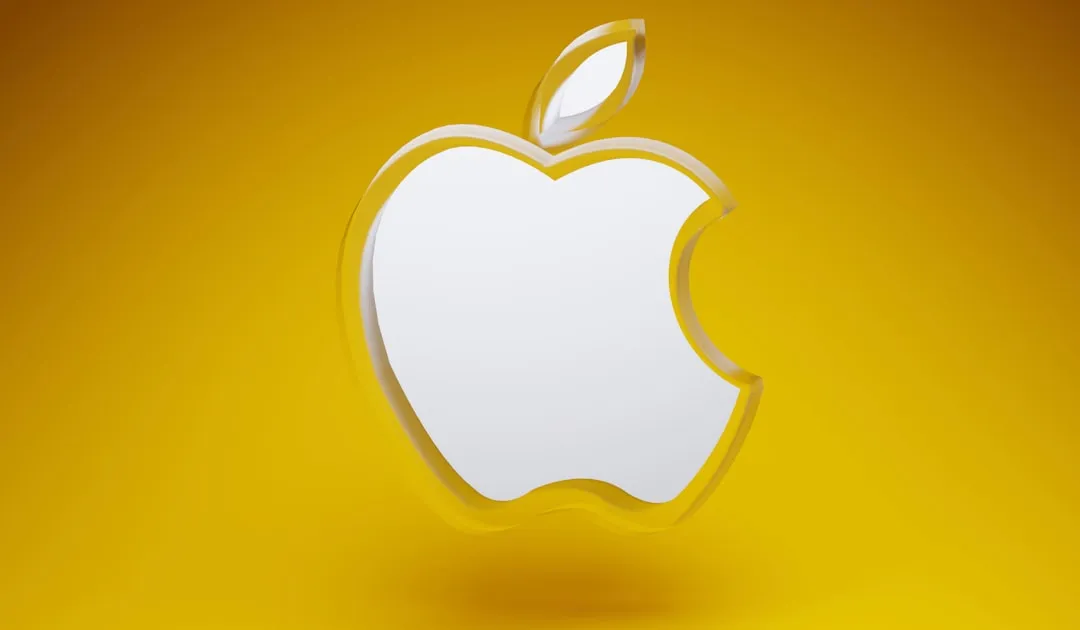


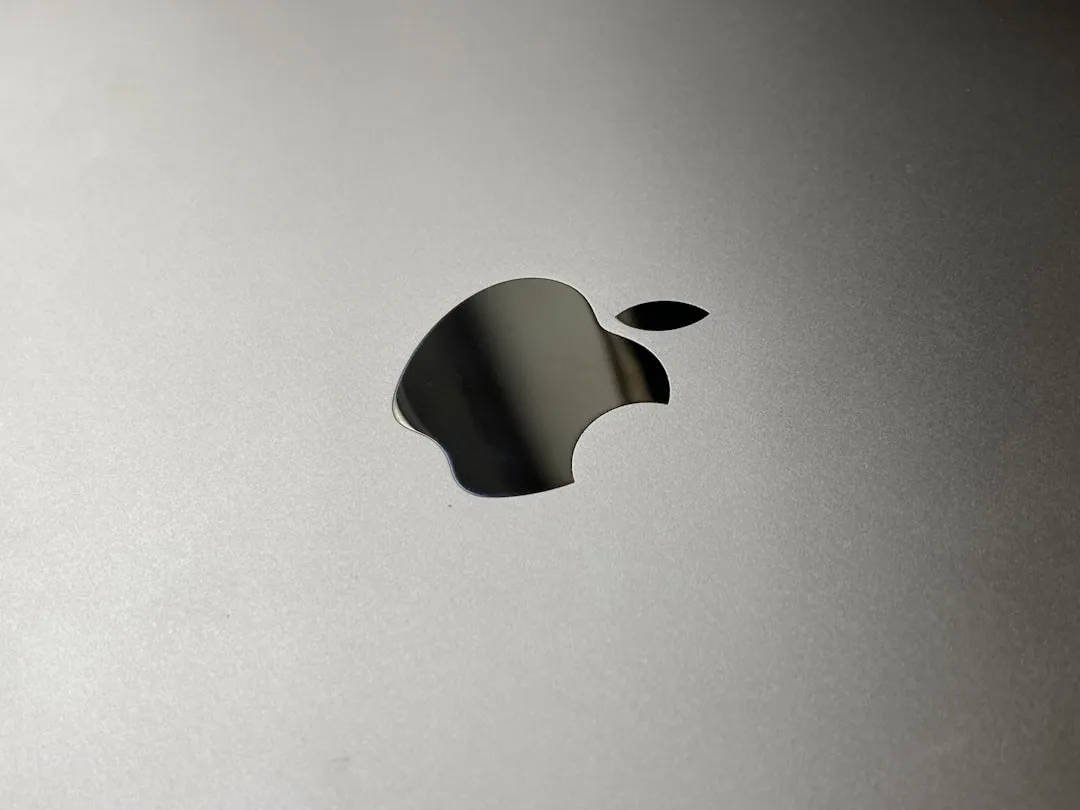

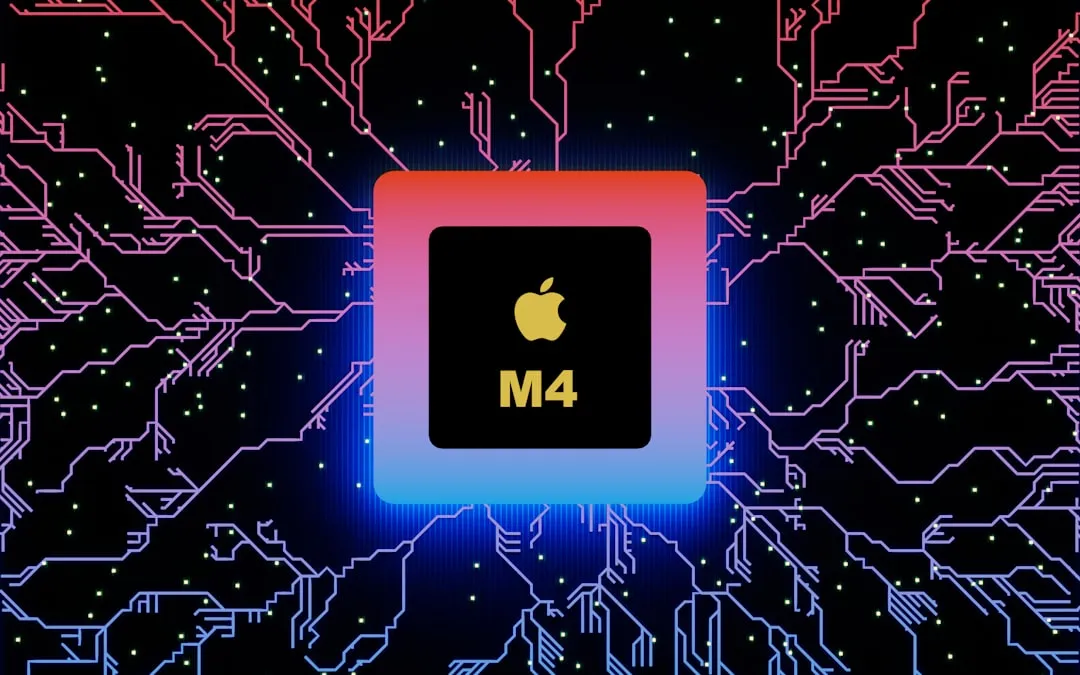






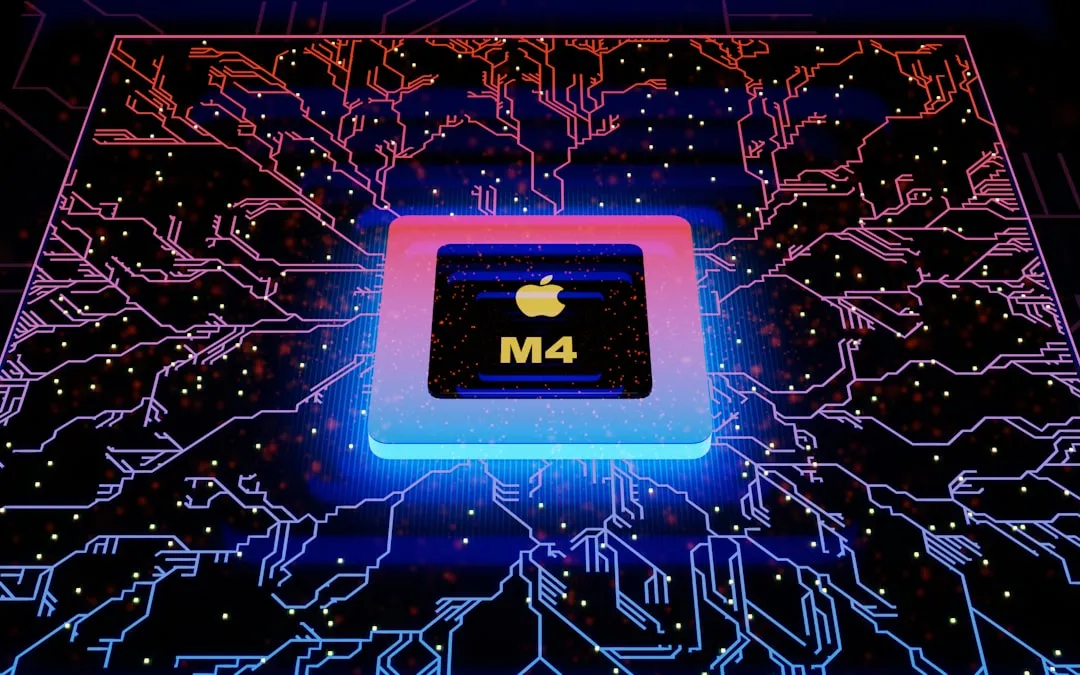


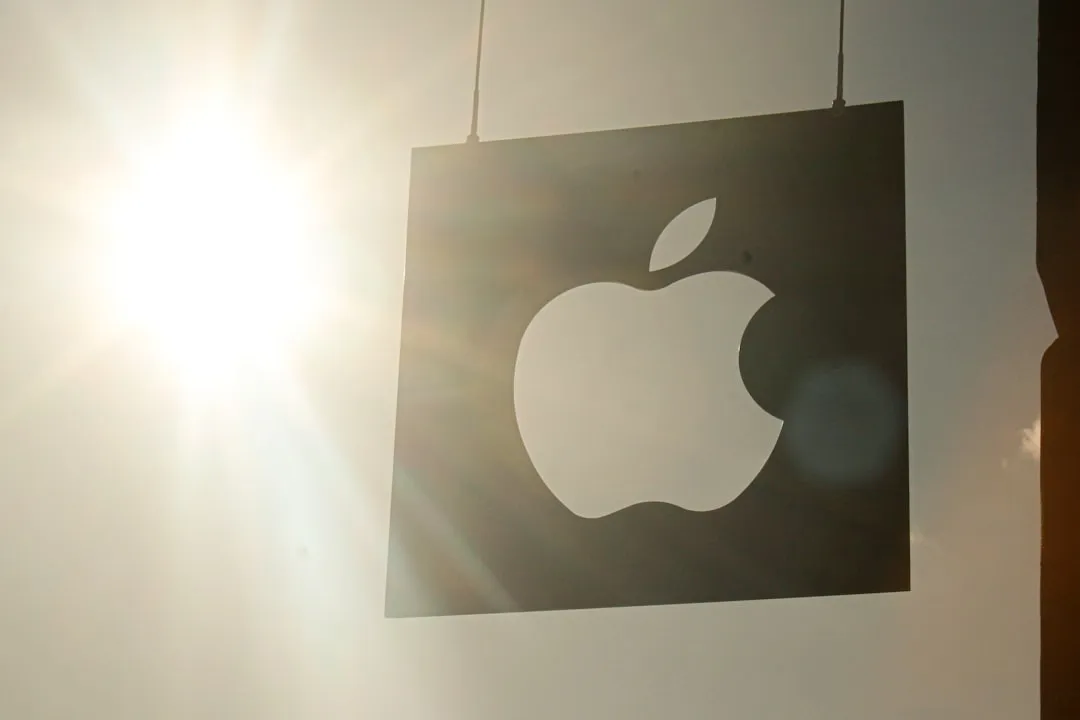
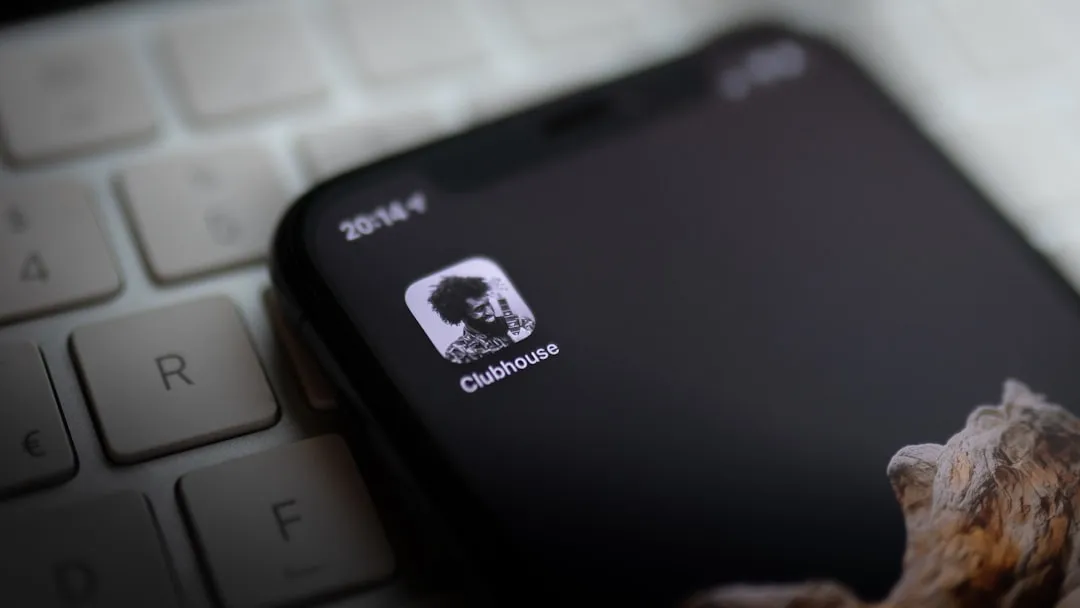


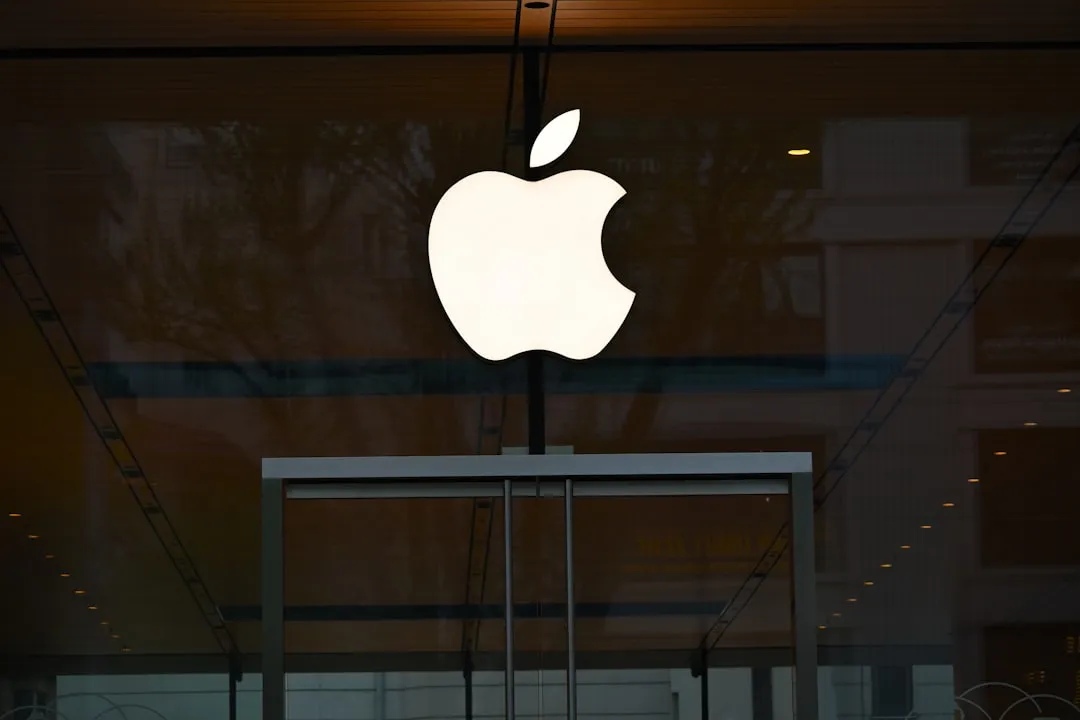

Comments
Be the first, drop a comment!